The inclusive economic model and its role in the economy
Currently, many economic models are being operated in the world , such as:
Traditional growth model : In the traditional growth model that has been widely used throughout most of the 20th century, the most important target to aim for is the value of goods and services produced by the country, that is, GDP growth and GDP per capita. In the traditional growth model, factors of income distribution or other social indicators are almost not considered to play a role in determining the growth rate. Many researchers believe that faster economic growth is the solution to all social problems. Reality has proven that this is not entirely true, not only for developing countries, but also for developed countries, GDP growth has not guaranteed the improvement of important social indicators, such as health, education or the promotion of human moral values, such as integrity, sacrifice, etc.
Poverty reduction growth model : Initiated by some economists of the World Bank (WB) with the aim of overcoming some limitations of the traditional growth model. Instead of focusing only on the overall growth rate of the economy, ignoring the distribution of income among members of society, the model aims at a growth process that helps reduce the rate of poor people (absolute poverty reduction growth) or a growth process that benefits the poor more. This model achieves the goal of poverty reduction growth, although it may cause damage to the income of the non-poor group, as well as reduce the overall growth momentum of the economy.
Inclusive economic model : It has been mentioned a lot by governments, donors, non-governmental organizations, and economists in recent years. In addition to emphasizing the growth of output per capita like the traditional growth model; reducing poverty and narrowing inequality like the poverty reduction growth model, the inclusive economic model also has its own characteristics that previous models do not mention, such as the ability to create jobs, increase labor productivity, consider the overall income distribution, and approach the issue of equality right from the input factor (ie the resources to bring about growth). Accordingly, the basic characteristics of the inclusive economic model can be summarized as follows:
First, aiming for long-term sustainability, ensuring harmony between economic growth and social equity with the ultimate goal of human development.
Second, aiming to reduce poverty, inequality and bring benefits to disadvantaged groups. Inclusive growth includes both income and non-income aspects of life, such as access to public services, gender equality, restrictions related to geographical location, ethnicity or belief, religion...
Third, an inclusive growth model needs to ensure that everyone has the opportunity to participate in the growth process, from deciding how to organize to deliver growth, as well as participating in the growth creation process itself.
Fourth, ensure that everyone shares fairly in the benefits of growth. The model is geared towards all members of society, including the poor, near-poor, middle class and rich; men and women; ethnic majorities and minorities; different religious communities; and people working in agriculture, industry or services.
Electricity officials guide people to use electricity economically and safely_Photo: documents
Thus, the inclusive economic model implies both participation and benefit sharing. The inclusive economic model is not a welfare state-style growth model, which focuses on distribution and redistribution.
The inclusive economic model plays an important role in the economy, viewed from the perspective of businesses and countries, specifically expressed as:
From the perspective of business approach : The inclusive economic model helps create production, business opportunities and equal access to development resources for businesses of all economic sectors, sizes, geographical areas and industries. At the same time, the business sector will have the conditions to create equal opportunities for workers in accessing employment opportunities, as well as creating many new jobs for the economy. Moreover, the jobs created here must be jobs with high productivity and increase over time, thereby improving the overall income of workers. In addition, to achieve inclusive growth, the results of growth need to be distributed fairly and inclusively among economic sectors, sizes, geographical areas and industries, production and business of the enterprise. Thus, the inclusive economic model brings opportunities for businesses, such as creating equal opportunities for businesses in accessing business opportunities and development resources; creating job opportunities for workers; improve labor productivity; distribute growth results fairly among businesses.
From a national perspective : The implementation of this model will help countries make the best use of the advantages of international integration as well as the advantages of regions. This promotes the process of creating material wealth and maximum income in regions across the country. In addition, the inadequacy of opportunities for cultural development or progress, social equity of underdeveloped regions will also be improved in the process of implementing income distribution and redistribution between different regions.
The current status of inclusive economic model development in Vietnam and policy issues being raised
From the economic region level:
Currently, Vietnam has formed six economic regions. However, economic development among regions is uneven.
Table 1 shows that economic development among regions is uneven in terms of average income, trained labor rate, poverty rate, GINI income inequality coefficient, growth rate, etc. Some shortcomings from a policy perspective are as follows:
- On migration of workers to other regions: Some issues that arise for this group of people include access to the labor market, procedures for migration to urban areas of migrant workers and their families, the ability to stabilize their lives, and access to basic social services...
- The policy of investing in building transport infrastructure connecting key areas with neighboring areas still has many shortcomings. According to the survey of living standards of residents, currently up to 70% of the poor are living in areas with unfavorable transport connections to the center. This factor makes it very difficult for workers in underdeveloped areas if they intend to move to dynamic areas to participate in economic activities. The lack of information due to the limitation of "soft transport" (information and communication...) also makes them miss many job opportunities in the labor market.
- Restrictions on investment policies from the state budget for programs, projects or investors in investing in renovation and construction of technical and social infrastructure in underdeveloped areas and rural areas have made these areas backward and unsuitable for new conditions to attract investors and introduce new occupations to these areas, and have not created a "reverse migration" flow from urban to rural areas or from dynamic areas to underdeveloped areas.
- Vocational training policies for people in underdeveloped areas have not met the needs and have not been linked to job creation for workers. The review, proposal, and addition of the list of training occupations and training programs have not been updated regularly, leading to a number of new and necessary occupations not being included in the training list, so they have not been implemented. In some places, vocational training organizations have not had many ways to attract businesses to participate.
From the business level:
Inclusive economy from the perspective of enterprises is assessed according to the following aspects: 1- Equality in access to resources; 2- Ability to create jobs; 3- Labor productivity; 4- Distribution of growth results. Accordingly, Vietnamese enterprises have developed quite diversely in terms of composition, industry, profession, field of operation and scale. According to economic components, currently more than 95% of enterprises are in the non-state sector, the rest are enterprises with foreign direct investment (FDI) and state-owned enterprises. In terms of scale, micro-enterprises account for 2/3 of enterprises and are developing based on labor intensity. However, the ability to access elements of inclusive economy in different types of enterprises. This can be generalized in the following aspects:
One is equality in access to resources:
- For state-owned enterprises: State-owned enterprises have more advantages than other business sectors in accessing land and capital. In addition, this sector also has more opportunities to access skilled labor than non-state enterprises and FDI enterprises. The rate of enterprises accessing international markets of the state-owned enterprise sector is higher than the average.
Source: Author's synthesis from data of the General Statistics Office (2022)
- For non-state enterprises: The rate of small and medium-sized enterprises in the non-state sector accessing hard infrastructure is much lower than that of most other business sectors, and lower than the average of the entire business sector. The distribution of opportunities in accessing information and communication technology infrastructure has been greatly improved, relatively equal in the small and medium-sized non-state enterprise sector, although still lower than that of other business sectors. Access to skilled labor has been improved. The distribution of opportunities is more equal within the sector. However, non-state enterprises are always in a state of shortage of capital and business cash flow, especially for medium, small and micro-sized enterprises. The difficulties that enterprises are facing are mainly related to accessing the policy package on reducing bank interest rates and extending loan terms; access to land, markets, customers; unfavorable business environment; The global supply chain is at risk of being interrupted and broken, leading to many consequences for import, export activities and growth... The development of this business sector is not really sustainable. In particular, after the COVID-19 pandemic, most non-state enterprises in our country have encountered difficulties, causing the growth rate to slow down.
- For FDI enterprises: Distribution of opportunities and access to soft infrastructure, information technology and communication infrastructure is quite equal. Access to skilled labor has improved significantly and is almost equal in the FDI enterprise sector with an equal opportunity index and about 99% of FDI enterprises have access to skilled labor. The rate of FDI enterprises participating in import and export activities is much higher than the average. In particular, FDI enterprises receive many incentives, especially incentives on corporate income tax, export and import tax, finance and land.
Second, the ability to create jobs:
- For state-owned enterprises: The average number of jobs in state-owned enterprises has decreased significantly (about 7 times) over the past 10 years due to the restructuring process to improve operational efficiency. The distribution of jobs is mainly concentrated in larger enterprises, then shifting towards increasing the proportion of jobs in small and medium-sized enterprises.
- For non-state enterprises: Larger enterprises tend to create more jobs. The average number of jobs per enterprise in this sector decreases.
- For FDI enterprises: Concentrate a lot of labor, but do not yet ensure infrastructure and social security conditions for workers. Disputes, unpaid wages, unpaid insurance, and labor safety violations... still exist, causing the risk of social security instability in localities.
Automobile assembly line at the factory of Truong Hai Auto Corporation (Thaco) in Chu Lai Open Economic Zone, Da Nang city_Photo: VNA
Third, labor productivity:
Among the current types of enterprises by economic sector, state-owned enterprises have the highest level of labor productivity, followed by FDI enterprises, and finally non-state enterprises. In fact, the FDI enterprise sector has actively contributed to improving labor productivity through the application of advanced production technology and management methods. However, foreign investment capital is mainly concentrated in a number of industries that take advantage of human resources and have low requirements for labor qualifications, while industries that are currently being encouraged for investment, such as high-quality agriculture, medical equipment manufacturing, education, logistics, etc., have not yet attracted FDI capital as expected. Labor productivity of non-state enterprises is still modest compared to other types of enterprises. Due to its large proportion in the total number of enterprises, the low labor productivity of non-state enterprises has greatly affected the overall labor productivity of the entire enterprise sector.
Fourth, distribution of growth results:
In general, among the types of enterprises, the private enterprise sector has the lowest business efficiency, although capital and revenue account for a high proportion in the structure by economic sector (accounting for approximately 60%), but the profit level only accounts for about 30% of the total profit of the economy. Although the business efficiency is the lowest, this is the sector that contributes the largest source of income tax to the budget, of the total corporate income tax collected, up to 44% comes from the private economic sector. Meanwhile, FDI is the sector with high business efficiency, with total profit bringing approximately 50% of the total profit of the economy, but the corporate income tax contribution to the state budget is low. In the period 2016 - 2021, the proportion of corporate income tax contribution from FDI enterprises accounts for an average of 14% (Figure 1). Meanwhile, the contribution ratio of domestic-invested enterprises (including state-owned and non-state-owned enterprises) fluctuated in the opposite direction. The contribution of domestic enterprises reached an average of 26.4% in the period 2016 - 2021. Thus, the total state budget revenue is mainly contributed by domestic-invested enterprises.
The state of development lacks inclusiveness from the business perspective, in which private sector enterprises are the most vulnerable sector, with low business efficiency.
Source: General Department of Taxation and author's calculation from state budget settlement for the period 2016 - 2021
Some solutions to remove policy bottlenecks and create momentum for the development of inclusive economic models in Vietnam
To remove policy bottlenecks to promote an inclusive economic model in Vietnam, it is necessary to synchronously implement the following solutions:
Firstly, institutionalize the macro policy framework to establish a healthy, stable macroeconomic environment that operates according to market principles. The State needs to set a basic framework on the annual budget deficit, public debt ratio, money supply growth rate, and inflation as a basis for operating fiscal and monetary policies. In special cases, this rule can be adjusted, but requires the consensus of competent authorities. In addition, allocate public resources effectively, reasonably, transparently, and with high accountability. Resources to implement the goal of multidimensional poverty reduction in areas with high poverty rates need to be prioritized. Free support policies should gradually shift to conditional support policies, such as preferential credit, production support, etc. to motivate people to rise up and escape poverty. There should be a mechanism to attract more private investment in the social sector to reduce the burden on the state budget. In addition, it is necessary to increase people's participation in monitoring thrift practices and combating waste in the management and use of the state budget, state capital, state assets, labor, working time and resources.
Second, invest in infrastructure in a more synchronous and evenly developed direction between regions and localities. Regional development policies need to aim at building satellite industrial cities, enhancing connectivity between cities. This way of development will help reduce the density of businesses that are too densely concentrated in some areas, making land rental costs more expensive. However, to develop in this direction, it requires the State to invest in developing more evenly developed infrastructure, including transportation infrastructure, housing, telecommunications, etc. to create better connectivity between localities and industrial zones. The way of planning development policies as mentioned may not bring success in the short term, but will bring balanced and stable development to the overall economy in the long term.
Third, develop the financial market and create a stable source of capital to support the poor and disadvantaged groups, promote small and medium enterprises in the economy. A healthy and stable financial system will play a key role in supporting economic growth, contributing to poverty reduction indirectly through economic growth, as well as directly impacting the poor and disadvantaged groups through direct financial support. An inclusive financial system will ensure that the poor can access financial services without any barriers or discrimination. In addition, small and medium-sized enterprises and micro-enterprises also have the opportunity to access financial resources at reasonable costs, promoting investment and creative start-ups in the future.
Fourth, promote innovation and application of new technologies in an environmentally friendly direction through preferential tax and credit policies. The State needs to have appropriate mechanisms for enterprises to carry out innovation activities and apply new technologies. Policies such as tax reduction or tax exemption in the first few years and tax reduction in the following years should be applied to start-up enterprises with a high level of innovation, launching new product lines that are different in the market, creating many jobs; tax incentives should also be considered for enterprises applying new technologies in an environmentally friendly direction.
Fifth, on workers' migration to urban areas: It is necessary to improve access to the labor market, facilitate procedures for migrant workers and their families' migration to urban areas, and create favorable conditions for migrant workers to stabilize their lives and access basic social services.
Sixth, reform the education system towards higher vocational application and multi-skill development for workers. It is necessary to improve the quality of vocational education and training, helping workers have more job opportunities with higher income, creating a reasonable vocational training stream, helping to reduce the desire to study at universities and vocational schools to save social resources. Relevant agencies need to provide information to help orient careers associated with training levels: elementary training, intermediate training, college training and other vocational training programs; junior high school and high school students choose majors, occupations and levels of education suitable to their abilities and conditions. At the same time, it is necessary to pay attention to the vocational training capacity of training institutions in areas with difficult socio-economic conditions, remote and isolated areas. The State needs to focus on developing education in rural, remote and isolated areas with appropriate incentive policies to mobilize and attract highly qualified teachers to work stably and long-term./.
Source: https://tapchicongsan.org.vn/web/guest/kinh-te/-/2018/1109802/mot-so-diem-nghen-chinh-sach-trong-phat-trien-mo-hinh-kinh-te-bao-trum-o-viet-nam--nhin-tu-thuc-te-vung-va-hoat-dong-cua-doanh-nghiep.aspx


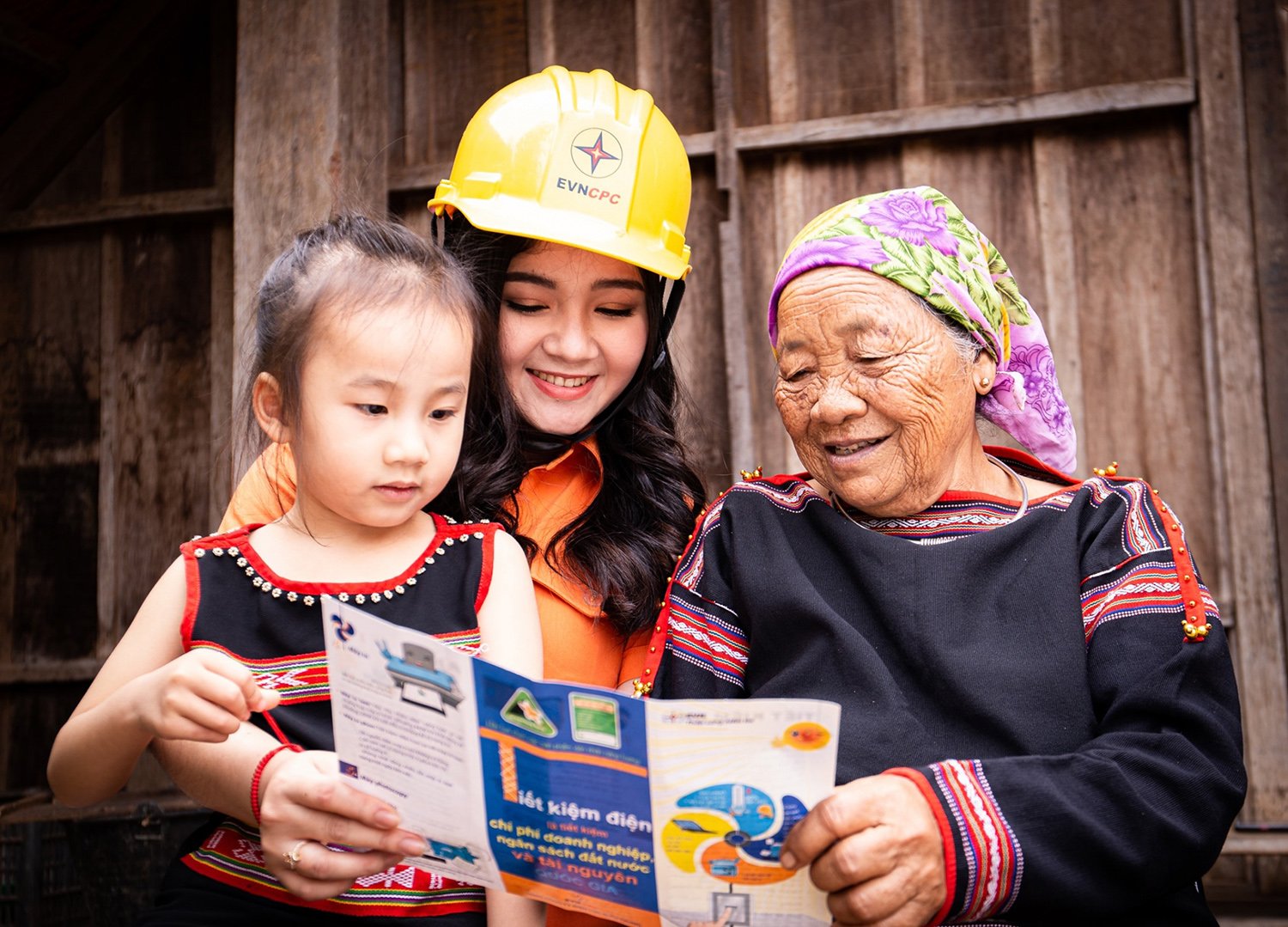
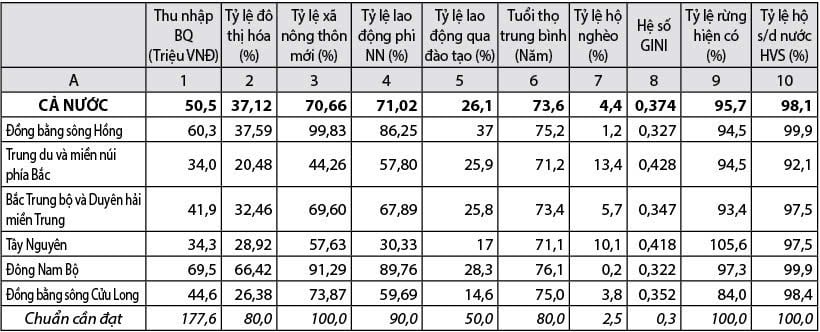
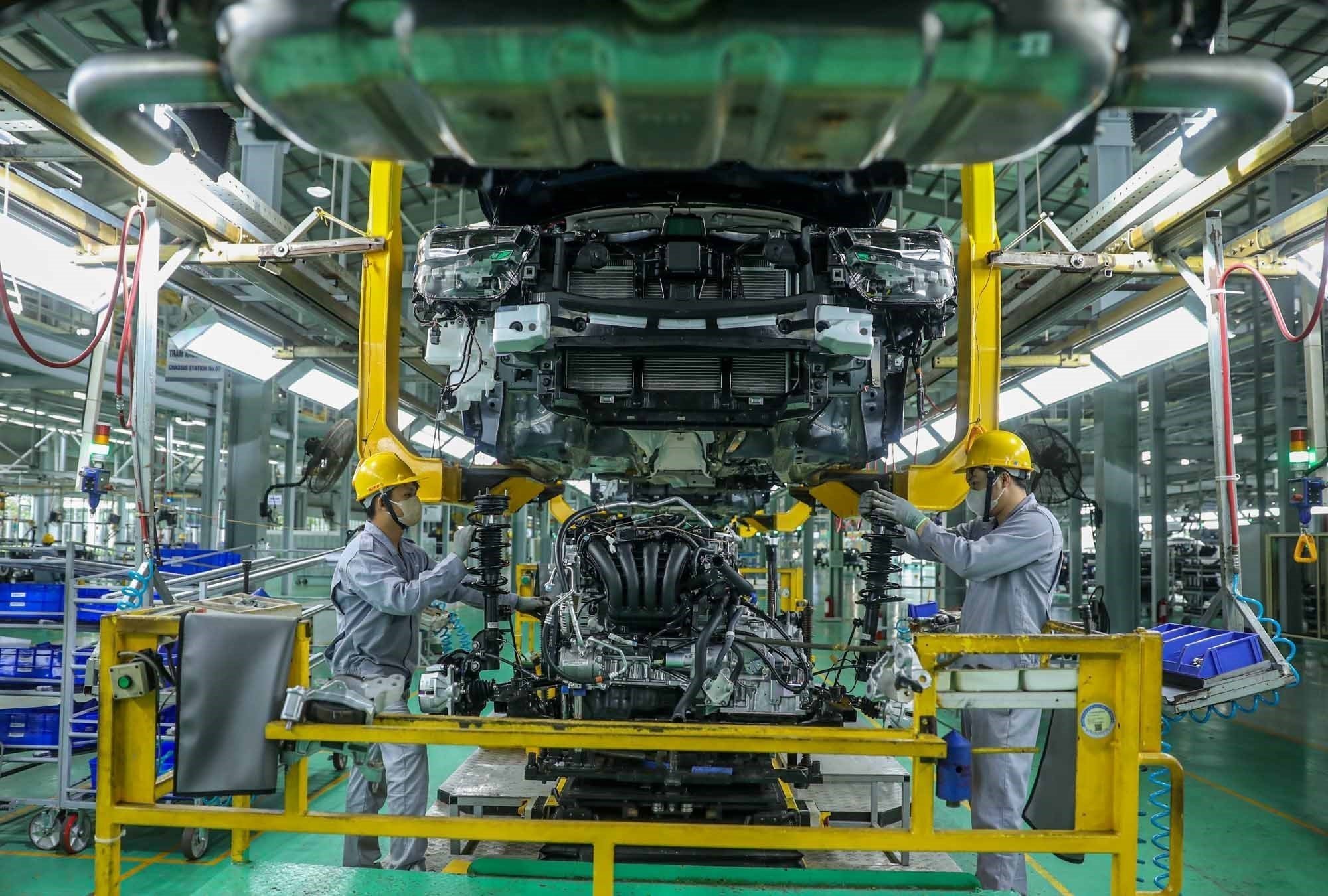
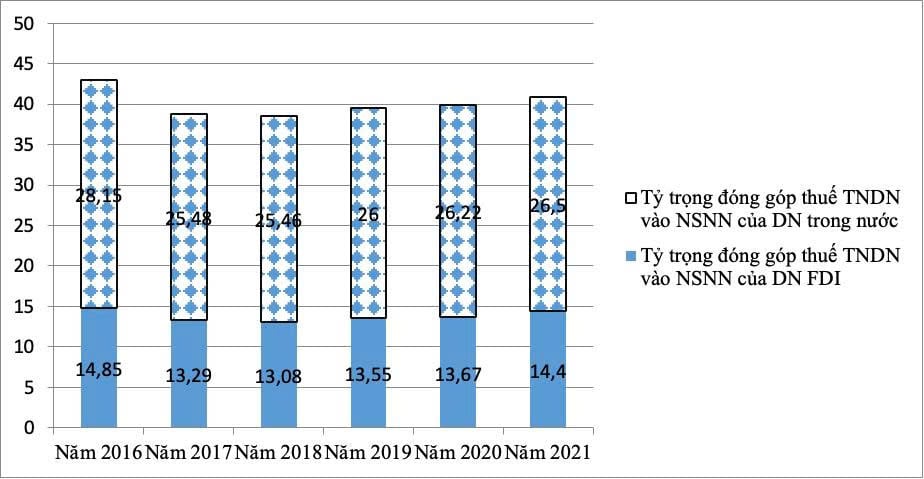




![[Photo] Closing of the 14th Conference of the 13th Party Central Committee](https://vphoto.vietnam.vn/thumb/1200x675/vietnam/resource/IMAGE/2025/11/06/1762404919012_a1-bnd-5975-5183-jpg.webp)

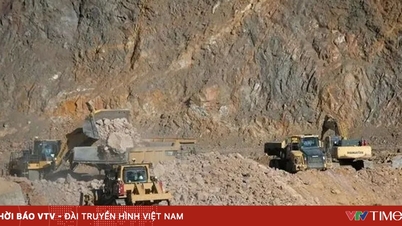


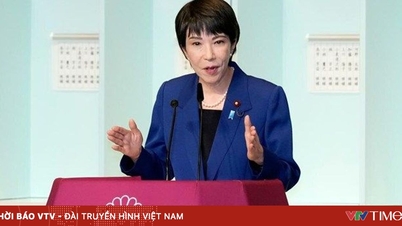





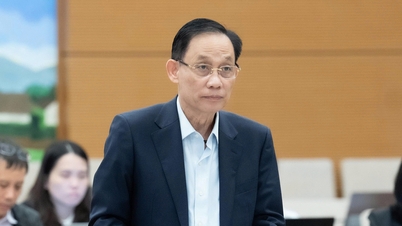



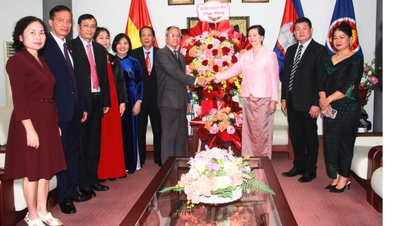
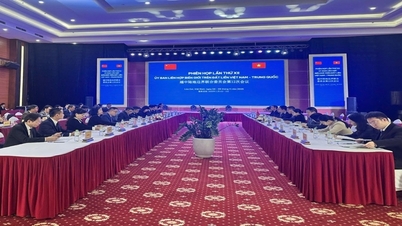

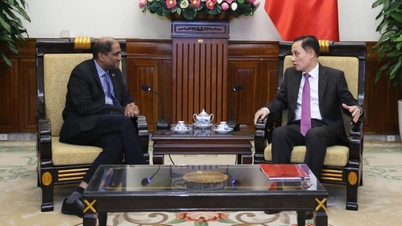
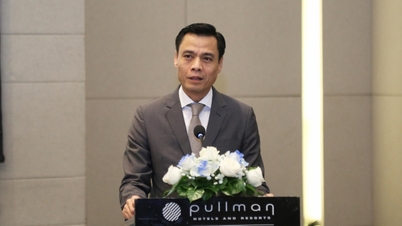




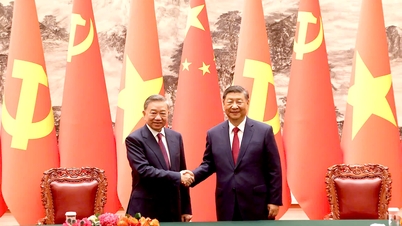

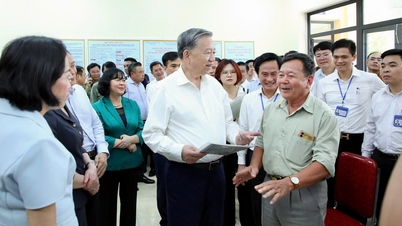
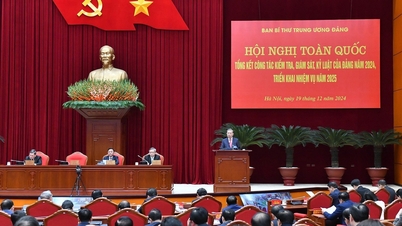

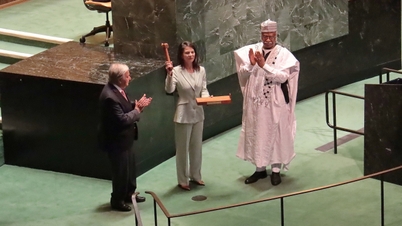









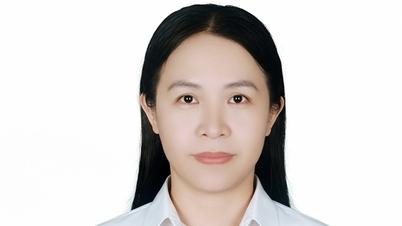














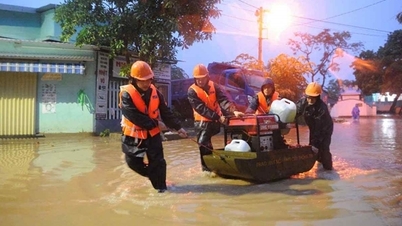












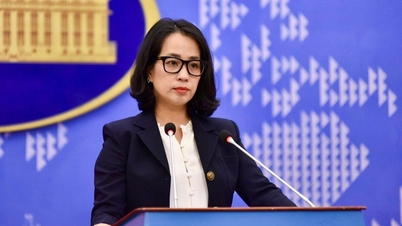




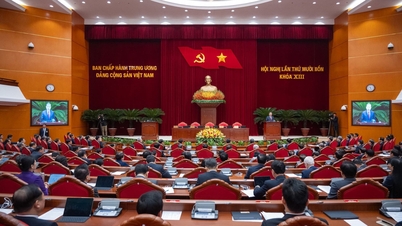








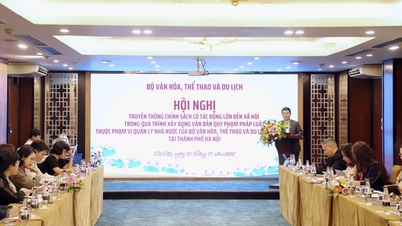
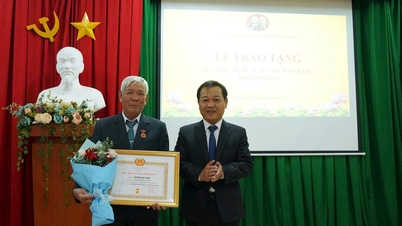

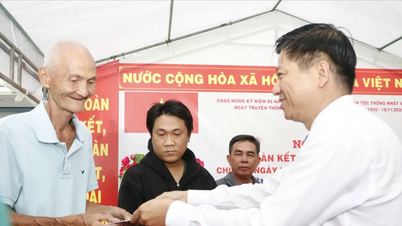

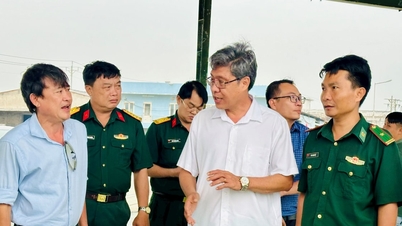
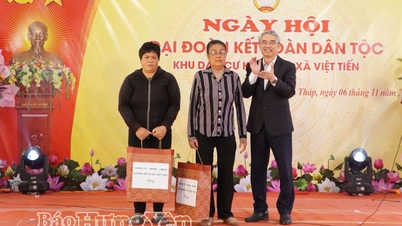














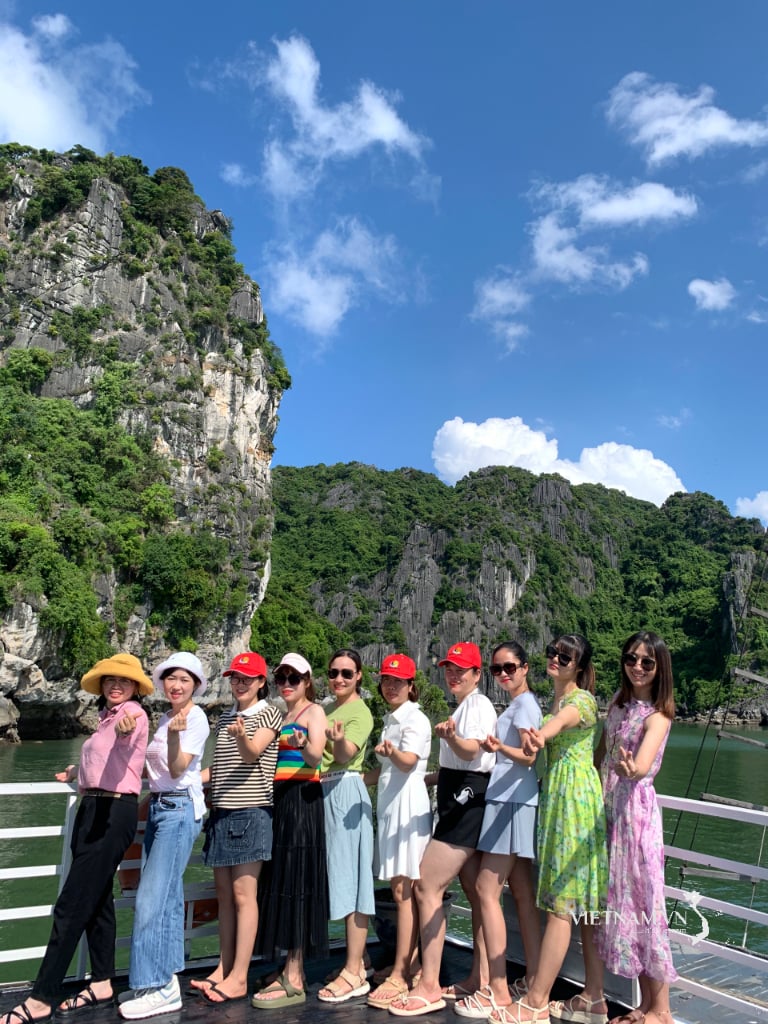



Comment (0)